Peer Reviewed Medical Research Program 2011
Publié le 29 Juin 2017
Improving the Culture of Patient Safety Through the Magnet. Successful programs have been implemented across the continuum of care.
These programs include educational initiatives that increased both the number of nurses with BSN degrees and specialty certifications and also the number of patient- focused initiatives, such as a reduction in central line infection rates, an increase in hand- washing compliance, and a decrease in fall rates. In this article we will describe how our Magnet Re- Designation Accreditation Process.
The manner in which the Magnet components of transformational leadership; structural empowerment; exemplary professional practice; new knowledge, innovation and improvement; and empirical quality results have all contributed to improved patient safety are discussed. Citation: Swanson, J., Tidwell, C., (September 3. DOI: 1. 0. 3. 91. OJIN. Vol. 16. No. Man. 01 Key words: Magnet Re- Designation Process. The medical center was designated an American Nurses Credentialing Center (ANCC) Magnet. Magnet re- designation was achieved in 2.
In 2. 00. 8, as a result of changes in Magnet re- designation criteria, Cedars- Sinai changed its focus from Magnet’s original 1. Magnet components of transformational leadership; structural empowerment; exemplary professional practice; new knowledge, innovations, and improvements; and improved empirical outcomes (ANCC, 2. Inherent to these processes is the focus on improved patient outcomes as evidenced by not only meeting, but exceeding national quality benchmarks. As Magnet organizations mature and Magnet- required structures and processes become part of staff members’ usual behaviors, increasingly more emphasis is placed on outcomes during the re- designation process.
The purpose of this article is to describe the alignment of Cedars- Sinai’s structure and processes with the five Magnet components and link this alignment to the development of a culture of safety resulting in improved patient care outcomes. Although healthcare providers have traditionally avoided flaws or ineffective care processes, there has been a reluctant acknowledgment that a percentage of patient complications may be related to errors in care. The landmark study from the Institute of Medicine (Kohn, Corrigan, & Donaldson, 2. From that time forward, hospital leaders have focused on uncovering system- based failures and associated human factors in an effort to prevent patient harm and optimize clinical outcomes.
Cedars Sinai’s leadership team shares this goal with other acute care organizations. The commitment to building and sustaining a culture of safety requires a multi- faceted approach. Magnet Component I: Transformational Leadership. Effective senior leadership.. Magnet standards. Effective senior leadership has been, and will continue to be, critical in a facility’s growth in achieving Magnet standards.
Linda Burnes Bolton, Vice President for Nursing and Chief Nursing Officer at Cedar- Sinai, is nationally recognized as a transformational leader. She has led the 2,8. She has been instrumental in the creation of the strategic plan for nursing care; the development of the Geri and Richard Brawerman Nursing Institute for Staff Education and Development; and the expansion of the nurse practitioner role in the organization. Cedars- Sinai was an early adopter of the belief that teamwork and the engagement of nurses and the entire healthcare team is essential to patient safety (Institute of Medicine, 2. To foster an environment of engaged staff and improved patient safety at CSMC, the shared governance (SG) structure was revised in 2. Key to the success of maintaining Magnet certification is an integration of the five Magnet components into the facility’s mission and vision statements. The Mission of Cedars- Sinai Nursing includes the words “committed to engaging staff, patients and diverse community members to develop and provide excellent evidence based clinical care for patients and the community served with respect for the beliefs and values of those who receive care” (Cedars- Sinai intranet weblink, para.
The nursing mission is integrated into our 2. See also Table): Sustain a culture of safety and quality in the delivery of patient- and family- centered care based on evidence from research and practice. Deliver exceptional, culturally relevant services to patients, families, and communities with respect for their beliefs and values. Provide exceptional, value- added care through the use of technology and adoption of safe, point- of- care, efficient work practices. Engage and develop a knowledge- based, diverse, multigenerational, optimally healthy nursing workforce. Conduct, disseminate, and translate research to improve care and services for patients and community. Attract and sustain financial support for nursing development, research, and service Table.
Cedars- Sinai Nursing Strategic Plan: Goals and Objectives for 2. Goal. Objective. Provide safe, high quality clinical care based on evidence. Adopt and maintain evidence- based standards in delivery of care. Adopt and utilize core processes linked to achieving quality targets. Integrate nurse- sensitive indicators in Transforming- Care- at- the- Bedside targets (fall prevention, pressure ulcers, restraint use). Enhance collaboration between nursing and medical staff to improve work environment and patient care processes Deliver exceptional, culturally relevant services to patients, families, and communities.
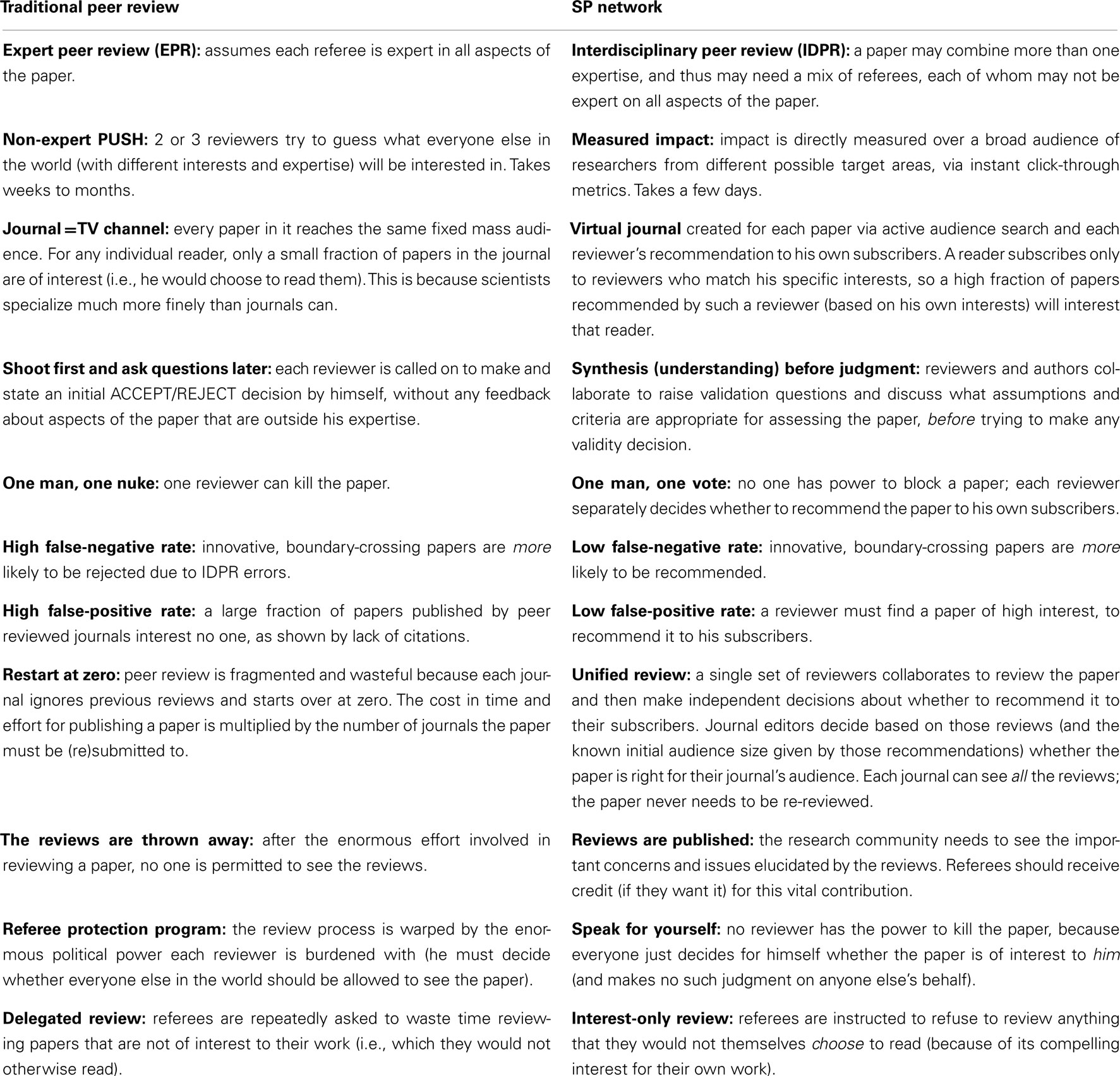
Expand School of Nursing and service programs for internships and nursing residency. Achieve professional advancement targets by supporting both on- site and web- based education programs and certification programs. Provide development resources and shared governance participation at the unit level. Improve patient satisfaction through emotional support, education, and physical comfort Deliver value- based care through the adoption of technology and improvement in work practices. Provide technology to monitor compliance with regulatory and patient safety. Use benchmarking and best practice monitoring to set targets for improvement.
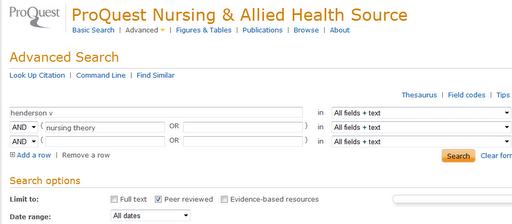
Produce standardized, evidence- based- practice (EBP) plans of care within electronic medical records that are customized to each patient Engage and promote the development of a diverse, multigenerational, optimally healthy workforce. Ascribe to a philosophy of patient- family- centered care. Foster environment that supports organizational values. Facilitate strong collaboration with baccalaureate and graduate nursing programs to support academic progression Conduct clinical, translational and health services research. Provide additional resources to mentor nurses’ participation in EBP. Enhance nurses understanding of EBP and application to patient care and quality outcomes Enhance philanthropy.
Endow the Nursing Institute to develop Scholars and Fellows nursing research and practice skills. Obtain financial support for endowed chairs in leadership, research, practice, education, and community service Magnet Component II: Structural Empowerment.. The principles of shared governance (SG) that guided this structural revision included information sharing, idea generation for improving patient care, consensus building between team members, fostering individual accountability, and increasing team responsibility (Porter- O’Grady, 2. The current SG structure has been in place since 2.
This structure includes the Divisional Practice Councils, Transforming Care at the Bedside initiatives, and Orem’s theory describing self- care deficits. One element of the SG structure (See Figure) includes the unit- based/divisional practice councils that meet monthly to address issues related to unique patient populations, operations, and quality outcomes. The unit- based councils are organized into divisional councils for communication and follow through, as issues and unit- based initiatives percolate from the grassroots base of staff nurses upward toward the leadership of the patient care services. Members of unit- based councils monitor staff practice, competency, peer- to- peer evaluation, and clinical advancement projects. Observations, ideas, and recommendations are forwarded to the Specialty- Specific Divisional Councils (medical- surgical nursing, rehabilitation, and critical care) and the Outpatient Services Council as well as the following additional councils: Vital Services Council - - (emergency department, procedure centers, and preoperative services) - - validates that safety standards are consistently implemented Nursing Research Council - - builds research capacity, enhances evidence- based practice skills, develops the annual research conference, and participates in the Institutional Review Board process Educational Council - - facilitates staff and patient education, staff competencies, certification and educational goals, and academic education Quality Council (named CALNOC/PI) - - monitors clinical outcomes, nursing sensitive outcomes, and regulatory requirements, facilitating the incorporation of these outcomes/requirements into practice Nursing Executive Council - - provides oversight for operational issues, succession planning, leadership development, strategic planning, patient satisfaction, system improvements, and quality improvement.
The Coordinating Council membership is comprised of the co- chairs of the divisional and specialty councils. It is responsible for shared governance oversight, approval of council recommendations, the professional practice model, and overall strategic planning.
Integration of Shared Governance with Magnet Components to Promote Patient Safety. Cedars- Sinai Medical Center.. Another element of the SG Model includes the Transforming Care at the Bedside (TCAB) initiatives, designed to provide a process for recognizing and integrating the staff nurse’s perspective and expertise into addressing and resolving clinically focused issues (Rutherford, Moen, & Taylor, 2. The Robert Wood Johnson Foundation and the Institute for Health.
- The changes in mindfulness and cortisol levels may provide preliminary evidence for mechanisms of a yoga program for.
- 2011), others point to research that substantiates.
- Peer reviewed Nursing Practice Innovation.
- Peer-Reviewed Grant Program. The Feinstein Institute for Medical Research. PhD, University of Michigan Medical School. Male Lupus Research 2009-2011.
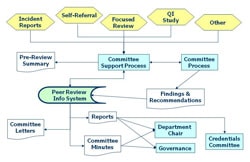
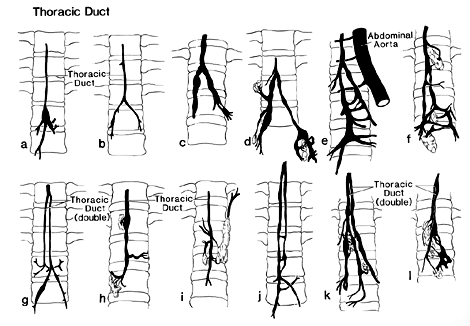
MAINTAIN THE “PEER REVIEWED MEDICAL RESEARCH. Congress moved vision research out of the Congressionally Directed Medical Research Program. E-learning in medical education in. Framework and research issues Peer reviewed article, 2011 1. Central America Field Epidemiology Training Program.
Peer Reviewed Studies. The PCPCC has aggregated a growing list of PCMH program evaluation and. Health Services Research : August 2014: The medical home.
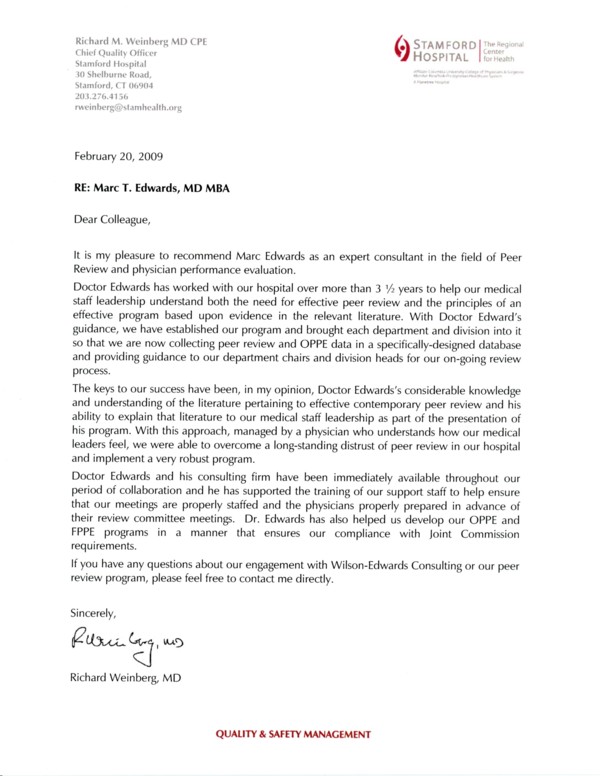
2011 DoD Mesothelioma Funding Announced. Mesothelioma was included in the Peer Reviewed Medical Research Program in 2008, 20. They are all 'peer-reviewed'. Medical research Alternative medicine More.
Peer-Reviewed Journal Publications. May 2011: National Bureau of Economic Research: Dague L, DeLeire T, Friedsam D.

/https%3A%2F%2Fassets.over-blog.com%2Ft%2Ftwentyeleven%2Fimages%2Fpine-cone.jpg)